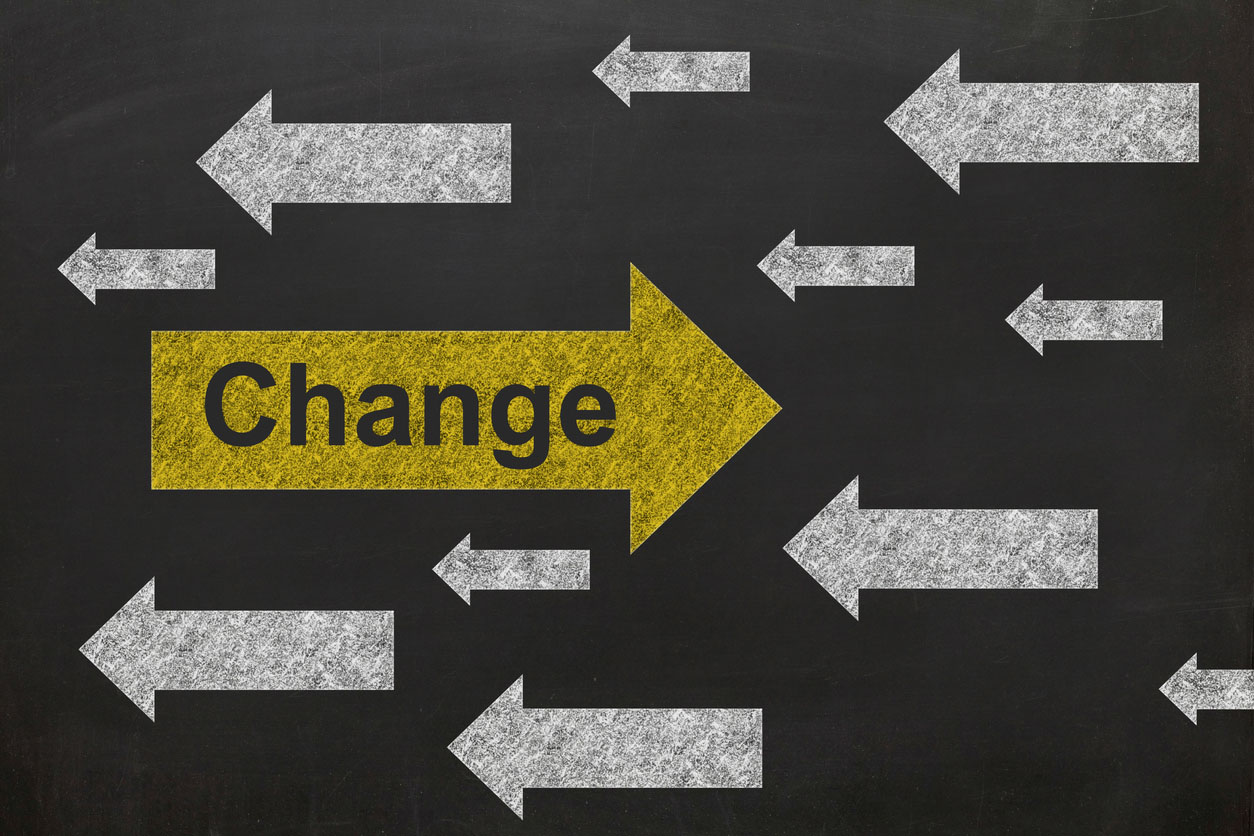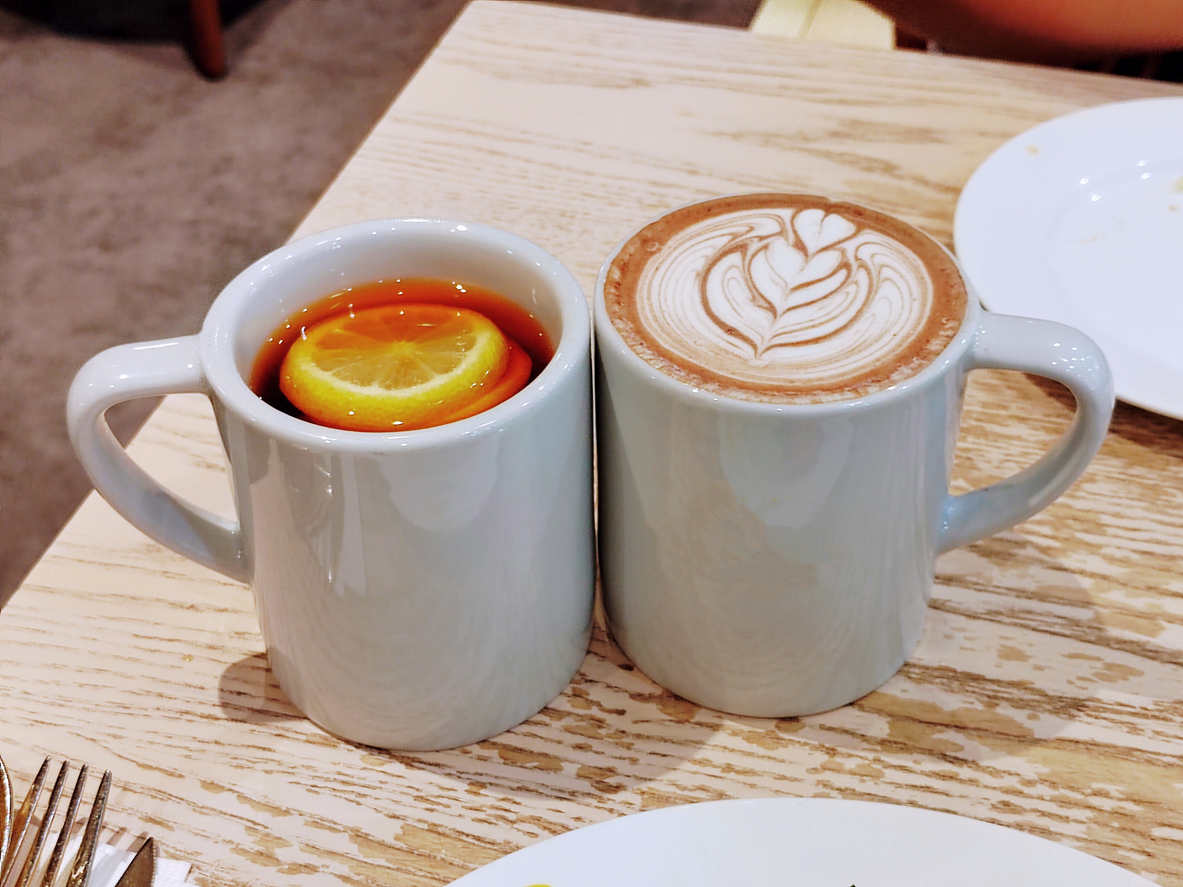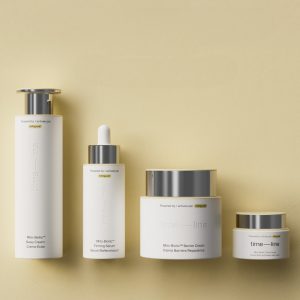Twin Epidemics: During the last few months, I’ve often made the point that COVID-19 is a public health crisis superimposed on another epidemic—that of chronic degenerative diseases that are tied to our Western lifestyles. Junk food, sedentary lifestyle, debilitating addictions, and toxic environments have spawned pervasive NCDs—non-communicable diseases—that curtail our vitality and longevity. Obesity rates are soaring, linked to premature heart disease, diabetes, strokes, inflammatory disorders and many cancers.
This month, the BMJ (formerly the British Medical Journal) echoed my sentiments:
“Like children playing Sunday football, we have all been chasing after the COVID-19 ball but have left the goal wide open . . . These two epidemics are closely connected and act synergistically on morbidity and mortality: people with NCDs are more vulnerable to severe COVID-19 and death; COVID-19 and NCDs share a common set of underlying risk factors, including deprivation, obesity, older age, and ethnicity.”
They issue an urgent call to action: “Throughout the COVID-19 epidemic, the government has pledged to ‘save lives.’ The lives of people with NCDs are equally important. Reducing mortality from NCDs requires both primary prevention to tackle the underlying causes and secondary prevention to ensure early detection and effective management.”
When COVID-19 blows over, as it eventually will, will we be up to the task of addressing preventable killer diseases, whose toll far exceeds that of a respiratory virus, with the same urgency?
Hot flashes and heart attacks: A new study from the University of Queensland reveals that hot flashes and night sweats are associated with a 70% higher risk of non-fatal cardiovascular events.
Why that should be the case is not clear, but it’s likely to be related to the beneficial effects of natural female hormones on arterial health. It’s also possible that women who are deconditioned experience more severe vasomotor symptoms—intentionally breaking a sweat with exercise is a great regulator of the autonomic nervous system, as well as shielding against cardiovascular disease.
Overweight women experience greater hormone fluctuations, and excess body fat is associated with metabolic syndrome, a key risk factor for heart disease. And roller-coaster blood sugar excursions, a feature of pre-diabetes, make hot flashes worse.
All the more reason to stay fit and slim as you approach menopause. If lifestyle doesn’t banish hot flashes, consider bio-identical hormone replacement to preserve your sleep quality and protect your heart.
Regulators eye ban on bio-identicals: And, speaking of bio-identical hormone replacement therapy (BHRT), a new report commissioned by the FDA views the widespread use of BHRT as “a public health concern”. This is not merely another “cry wolf” moment; the FDA will likely try to move fast to ban these critical medicines.
Millions of women (and men receiving custom natural testosterone formulations) benefit from tailored natural estrogen/progesterone formulations compounded by integrative physicians. It’s different strokes for different folks, and individual uniqueness dictates distinct doses, delivery systems and routes of administration.
Prescribing custom hormone formulations to my patients according to their specific needs is an integral part of my practice, and I can’t see how I could administer effective care without that option. Millions of Americans who rely on these therapies would be miserable and bereft without them, forced to resort to one-size-fits-all synthetic hormones made by big standard pharmaceutical firms, which don’t work for a high percentage of patients.
So let FDA know how you feel before they infringe on your right to access BHRT—and are emboldened to make further inroads against our freedom of choice!
Wall Street Journal gushes over ultimate cancer test: It’s billed the “Holy Grail” of cancer testing—a super-accurate blood test that forecasts all types of cancer in the very earliest stages, before it has a chance to spread. In fact, the Silicon Valley start-up that’s pioneering it has hubristically dubbed itself just that—Grail.
A Wall Street Journal article enthuses: “ . . . if cancer can be found early, treatment is much easier. You can cut it, heat it, freeze it or zap it out, especially since you should know where it is. This is how you save the health-care system.” Easy-peasy!
It must be good, because the article reports that marquis investors like Bill Gates and Jeff Bezos are all-in, to the tune of 2 billion dollars in private equity funding.
But in typical modern journalistic fashion, the article doesn’t consider the downsides. Detecting cancer early might be a boon, but it could also lead to overdiagnosis and overtreatment.
Consider the current situation with thyroid scans, mammograms and PSAs which sometimes pick up cancers that may or may not be life-threatening. The harms of overzealous cancer treatment are not to be overlooked.
It’s been estimated, for example, that 90% of men who die of natural causes in their 80s or 90s can be found to have minute foci of non-life-threatening prostate cancer on autopsy. Aggressive treatment of certain cancers, especially in the elderly population, has not been found to assure additional quality years of survival.
In our rush to embrace evermore complex and expensive medical technology, are we ignoring the most important law of science—the Law of Unintended Consequences?
Stretching is not just for jocks: You see it prior to baseball and football games and at track meets—athletes obsessively contorting their bodies in warmups to maintain flexibility and avert injuries. Yoga enthusiasts do it regularly. But although it’s part of sports medicine orthodoxy, studies are divided on whether it really helps. I myself have waffled, at times a stretching devotee, at others reverting to flexibility nihilism.
Now comes a small study that suggests that, regardless of its merits to the musculoskeletal system, stretching may have cardiovascular benefits. The researchers documented improvements in blood pressure and flow-mediated dilation and arterial stiffness, sensitive measures of blood flow to the limbs, after twelve weeks of simple passive stretching exercises. The changes reverted to baseline after a few weeks of idleness.
So, even if your gym is still closed and yoga classes postponed, drop a mat in your living room or cramped studio apartment and execute your stretching routine. Despite not attaining a lotus position or a fancy, selfie-worthy contortion, you might help your circulation without even breaking a sweat.
That’s it for this week’s midsummer musings. I hope that despite our unconventional summer, you’re able to continue finding ways to stay active and fit while also staying safe! As always, I look forward to continuing to keep you updated on the latest health news.






